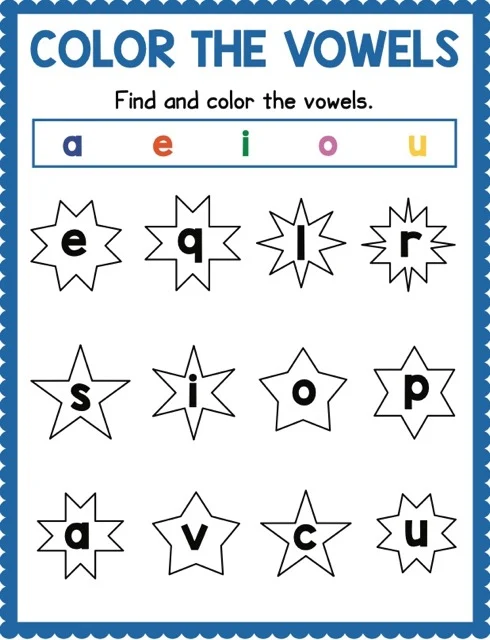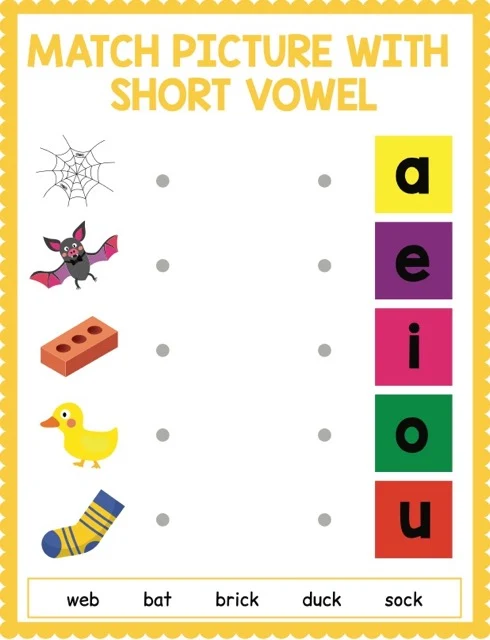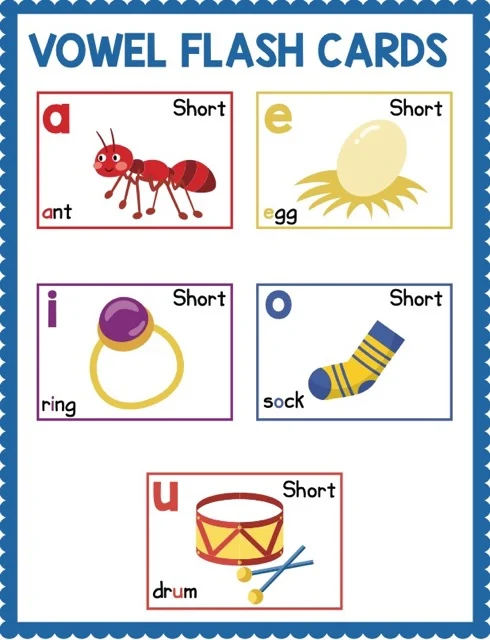Long and Short Vowel Sounds in English
This document explains the difference between long and short vowel sounds in English, emphasizing their importance for reading and spelling. It outlines key rules like the silent "e" rule and the two vowels together rule, provides examples and strategies for teaching these concepts, and highlights common challenges learners face. The importance of differentiating these sounds for reading fluency, spelling accuracy, and decoding new words is stressed. Effective teaching methods, such as using visual aids and engaging activities, are recommended to help students master this crucial literacy skill.
Long and Short Vowel Sounds: A Simple Guide for Parents and Educators!
Ever wonder why "cat" and "cake" sound so different, even though they both have an "a"? It all comes down to long and short vowel sounds! Understanding these is a huge step in helping kids learn to read and spell.
What's the Big Deal About Vowels?
Vowels are the open sounds we make with our mouths (a, e, i, o, u). Consonants, on the other hand, partially block the air (like 'b' or 't').
Long vs. Short: The Easy Way to Tell
Long Vowel Sound: It "says its name." Think of the "a" in cake, the "e" in tree, or the "i" in bike.
Short Vowel Sound: It's a quick, punchy sound that doesn't say the letter's name. Like the "a" in cat, the "e" in bed, or the "i" in pig.
Handy Rules to Remember:
The Silent "E" Rule: If a word ends with a silent "e," the vowel before it usually makes a long sound.
Example: cap (short a) becomes cape (long a)
Example: kit (short i) becomes kite (long i)
Two Vowels Together Rule: When two vowels are next to each other, the first vowel usually says its name (long sound), and the second one is silent.
Example: boat (long o)
Example: rain (long a)
Why is this important?
Reading Fluency: Knowing these sounds helps kids read faster and more accurately.
Spelling Smarts: It's key to choosing the right vowel when writing words.
Decoding New Words: Helps unlock unfamiliar words they come across.
How to Practice at Home:
Rhyme Time! Play games with rhyming words to highlight similar vowel sounds (e.g., "cat, hat, mat").
Picture Power: Use visuals! Point to pictures of things with short 'a' (apple) and long 'a' (cake).
Word Sorts: Write words on cards and have your child sort them into "long vowel" and "short vowel" piles.
Mastering long and short vowel sounds is a foundational skill for literacy. With a little practice and some fun activities, your child will be a vowel pro in no time!























